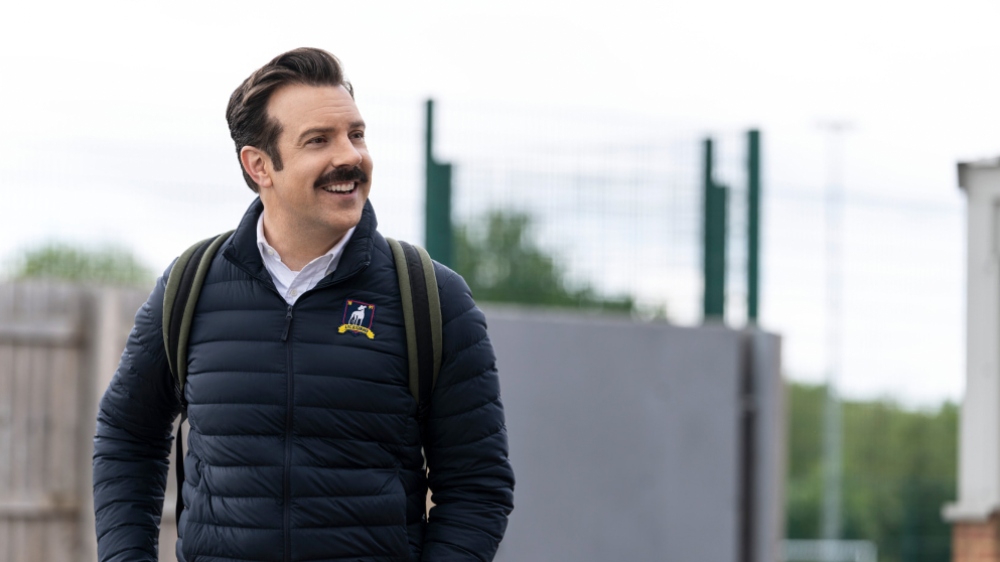
Apple’s flagship series Ted Lasso earned 20 Emmy nominations for the second straight year, leading all comedies, even though there were plenty of dramatic moments laced throughout its emotional second season.
The show stars Jason Sudeikis as the titular soccer coach, who is on a journey to transform himself as both a leader of men and as a man himself. Originally envisioned as a spoof of sorts, the Ted Lasso character was first introduced during NBC’s coverage of the English Premier League, but it has now taken on a life of its own thanks to great writing, largely courtesy of Sudeikis, Bill Lawrence, Joe Kelly, and Brendan Hunt, who also co-stars as Coach Beard.
The writing is, of course, elevated by the tremendous cast, which includes Hannah Waddingham as team owner Rebecca Walton; Phil Dunster as self-involved star Jamie Tartt; Brett Goldstein as league veteran Roy Kent; Jeremy Swift as Leslie Higgins, the club’s Director of Football Operations; and Juno Temple as Keeley Jones, a model who becomes the team’s principal marketer.
Ted Lasso has enjoyed two successful seasons and it has been renewed for a third under Apple’s production pact with Warner Bros. Television. Last year brought a slew of Emmys including wins for Outstanding Comedy Series, Lead Actor (Sudeikis) Supporting Actor (Goldstein), and Supporting Actress (Waddingham).
Last week, Below the Line spoke to Ryan Kennedy and Sean Byrne, who serve as the re-recording mixers on Ted Lasso. The duo won an Emmy for their work last year (with David Lascelles), and find themselves nominated once again this year (with Lascelles and Arno Stephanian) for Episode 5 of Season 2, titled “Rainbow.” We spoke to Kennedy and Byrne about recording a soundtrack that involves crowd noise from rowdy soccer fans, the inherent challenge of recreating those sounds while filming under distancing restrictions during the pandemic, and their latest Emmy nominations. Read on to “hear” what they had to say…
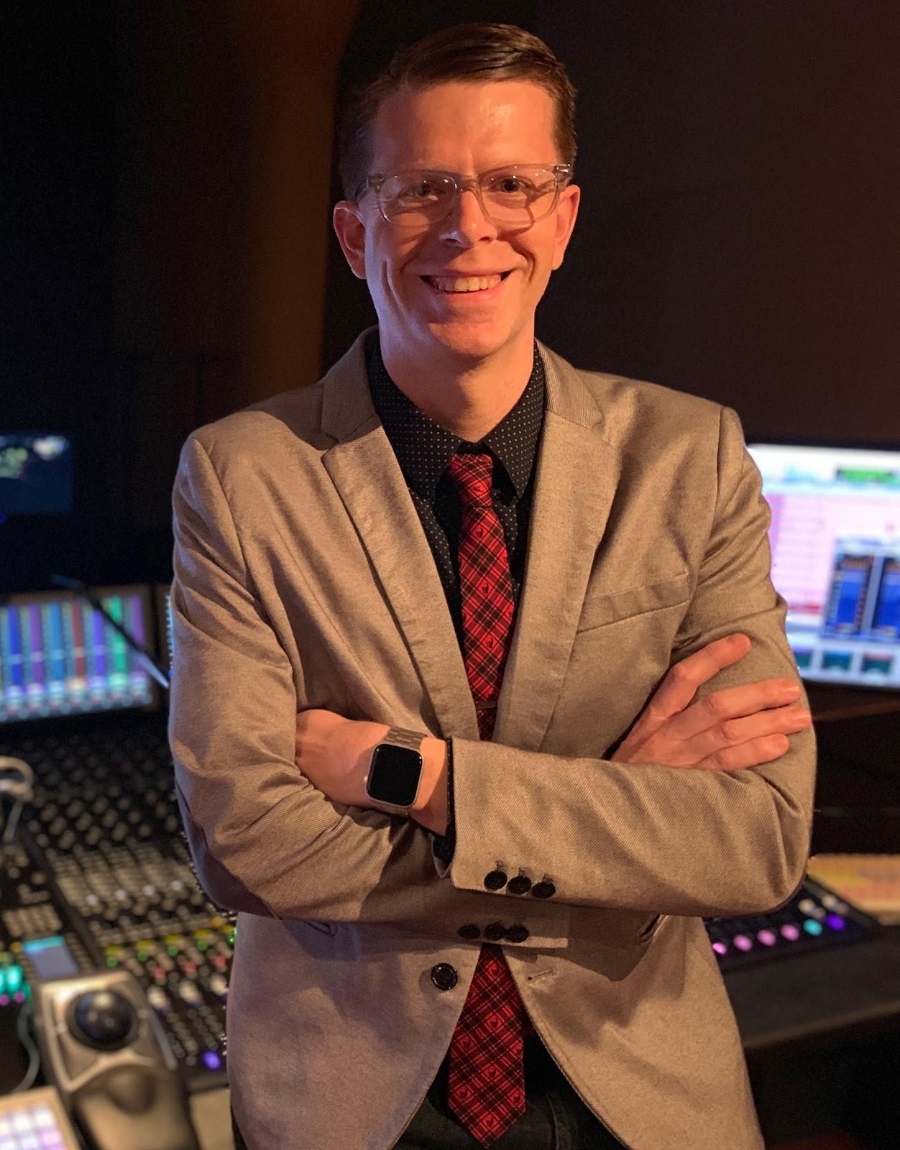
Below the Line: Congrats on your Emmy nominations and the show’s Season 3 renewal, not that it was ever in doubt. How do you feel about all the success this show has had?
Ryan Kennedy: We were super excited to work on this project when it started. I had no idea it would take off the way it did. Before it ever aired and people asked me what I was working on, I would describe the show as: ‘A comedy about an American football coach going to England to teach soccer.’ A lot of people had their doubts. But the one thing the show is not about is soccer. You have to watch it all to realize it’s about the people. And now you have people with almost a cult following to it, in the way people obsess about it.
We knew [Sound Editor] Brent Findley and [series Producer] Kip Kroeger from a prior project. Warner Bros. moved us, as we were filming the first episodes, to a cool new stage, and that is how we got started. Sean reached out to our other clients to brag about this stage and we are still filming there.
Sean Byrne: Ryan and I have been a team since 2016. We started in the multi-cam world. Ryan would mix and I would be his stage editor. We had a relationship with Kip Kroeger, he was a client and he had experience with us, such that he trusted us. I don’t think anyone knew just how good this was going to be.
We started mixing on Episode 3, and we did not know what we were watching or whether it was good. Then we mixed [Episode] 5, which was a game. Nothing made sense for us until we went back to Episodes 1 and 2. Then we realized what was happening and thought, ‘This is really good!’ Of course, half the time we are wrong and I lose that bet, but Ted Lasso is really special. To see it speak to kindness, which is not what sells on TV, is great. Everyone wants blood, gore, sex, [and] violence. This is none of that and it is so refreshing.
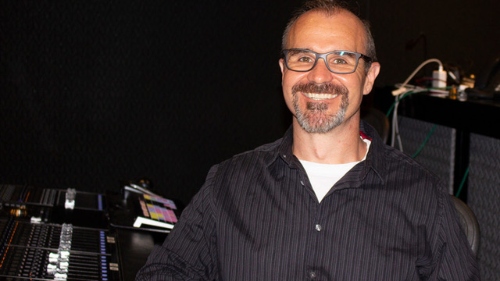
BTL: How do you approach mixing the games? What are some of the challenges and how do you solve them?
Kennedy: The games have to sound exciting. If it falls flat of that, it just all falls flat. So getting the crowd loud and big, that sort of puts you in the stadium. Figuring out ways to cheat the atmosphere to get the dialogue to sneak through, and get you to hear what you need to hear without losing the energy of the game. Sean does a great job with the foley and his side of the crowd — you have to hear the kick, but also the crowd and the dialogue, and nine times out of 10 you’re getting big music too. It’s tough and takes a lot of passes but it’s a good end product.
Byrne: Our process is, first, Ryan will get his first pass of dialogue, getting in the network specs, as it were. And then he’ll come in and film music underneath it. Then I come in and step all over it with crowd surges, ball kicks, [and] pretty much obliterate any unintelligibility that Ryan went to with the dialogue. So then in the third step, we go together through a pass — he’s pushing some dialogue, I’m pushing some kicks. Of course, dialogue is still king, but I try to push it up a little bit, with the energy of the music and trying to tuck the crowds just a bit.
On this show, especially with the “atmos” environment, we do a lot of work spreading the crowds from a different perspective. If we are [at] the field level, you’ll hear the crowd in the ceiling speakers, the drone-type ones. Some of the distant, reverberating ones along the sides. And then, right up the center, Ryan will do some group noise for the people you see, and I will use some closeup sounding crowds in the left and right speakers. The game is about pulling focus — if we want you to focus on sound, or get in the player’s head, or focus on the announcer, we strive for that without letting you know or realize we are doing that.
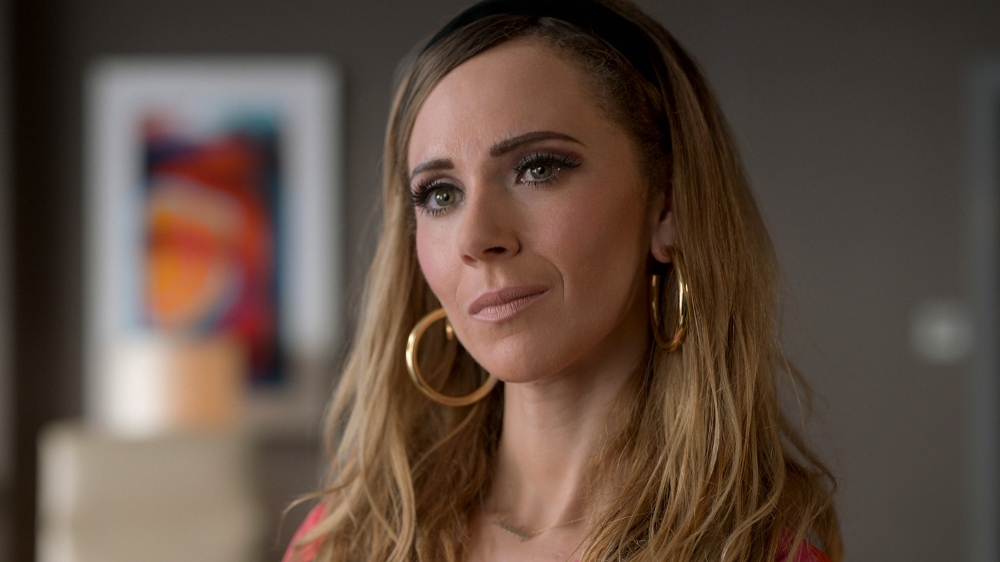
BTL: In terms of picking up the sound, is it boom? Or something else and why?
Kennedy: I go back and forward between lavaliers and booms. A lot of time the movement of the player, like they turn their head and they are off mic. And so I have to compensate by pushing the lavalier more and pulling back the boom. So having everything is a great tool. We don’t use a lot of ADR, only maybe for atmospheric or incidental noises. The bottom line is boom and lavalier and whatever Sean uses to fill up the background sounds.
Byrne: We know the sound editors do a lot of work with “group” to capture sounds like dialogue. He will get group ADR to record that. But it goes further than that. We’ve been in the pandemic since we started this show. It does not allow you to get 50 people in the room to record some chants. Brent, the Sound Editor, had 10 people in separate rooms. So he took those 10 people, did some process, some creative editing, some multiplying, and then some plug-ins to make sure 10 people sound like 10,000. Then it is up to us to fill the stadium, to put those voices in the room as it were. That’s all to say it’s not just us, it’s a team effort. We could not get the show to sound like it does if we were not getting masterful recordings from our editors.
BTL: Tell us some of the tricks you use to enhance the sound.
Kennedy: As much as I’d love to say we’ve hidden a hidden message in the sound, we respect the work too much. That said, on the sound design element, we do get to play with some elements we have not done before. For example, when you see the crowd, we don’t just add boom to make it sound interesting. We came up with the idea in the first couple [of] episodes that if we want the football kicks or flights to sound real or in your face, we added jet flights to some of the ball kicks. Sometimes there is a mortar going off at the same time that there is a ball kick. I’ll add a low-ender, a plug-in to add a sub-harmonic, to the low end of the kick, to really make you punch you in the chest. Footsteps are a combination of foley feet on artificial turf plus some real grass footsteps cut in sync at the same time — this makes it sound more authentic. But, it’s played so low that you will only notice it if it’s missing.
There was an episode, “Beard After Hours” [Episode 9 of Season 2], that was the one where we really got a chance to explore all the plug-ins we have and make it sound as much like an acid trip as possible. Every 45 seconds there was a new audio gimmick, whether we are in a tunnel, or trying to make it sound like it’s raining outside in a stone church, and then it stops, and then there is a rave down the hall. That one was a lot of fun to work on.
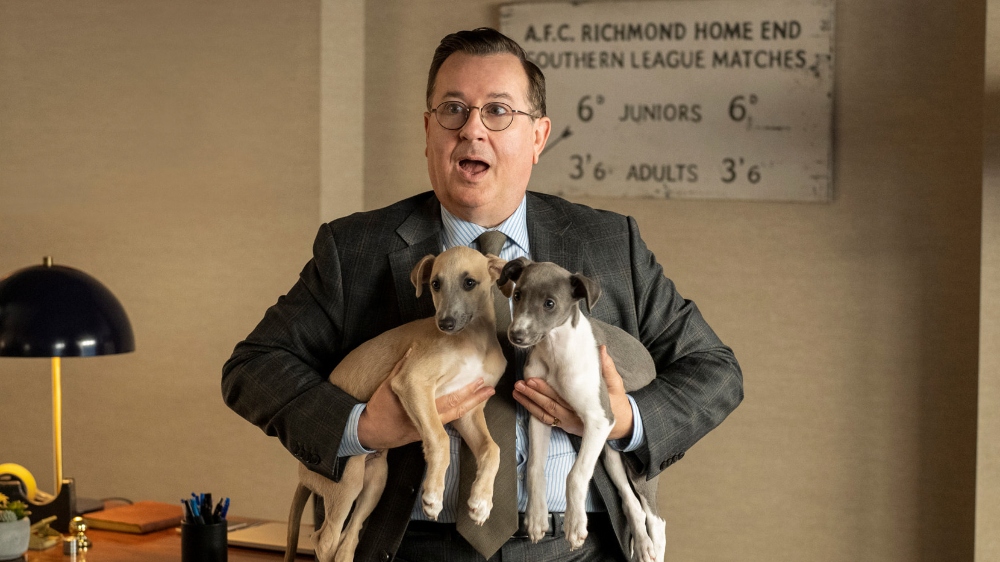
BTL: What are some of the challenges of working on this show, in addition to the COVID distancing you mentioned? And how did you overcome them?
Byrne: We are thankful and lucky in that we get to spend a lot of time on this show, compared to some of the others we have done. About four or five days for an episode, which is actually a lot. That being said, there’s just an enormous amount of material that we receive. Just getting everything to sit where it needs to sit is a lot. And then you throw in the obvious challenge that the lav is getting muffled by cloth movement as the player moved around, or the boom did not capture the dialogue properly. And that happens, and having to get that to work is hard. The ADR was recorded on iPhones in kitchens [and] hallways. It was hard to get it [to] sound like it had to. At least those are my end of the challenges as far as mixing the show.
Kennedy: For me, time was a real gift, but it was a personal challenge. We come from the sitcom world — four to six hours to get a show out the door. In some of the single camera shows, we get two to three days. On Ted Lasso, [we] get four days to mix something, [but] it sounds like a feature, and so it’s more work in some way. We are listening for anything that is wrong or off. We are trying to make crowds disappear under monologue. We are trying [to make] someone sound completely alone in a big stadium. We are getting the time to let audio tell the story, which is challenging for me because of the 30-second attention span I learned from multi-cam. It really opened my eyes to how deliberate you can be, rather than just getting it done. It’s become a handicap too, of course, because now I know what I want a scene to sound like and there’s not always time to get it there.
Byrne: There are also challenges in the sports commentary parts. But, those microphones you see in the show, those are live, they are actually recording. I have those recordings, and capturing that original sound is brilliant on the part of our London sound capture team. My job is to make it sound like it’s coming out of a TV.
BTL: Thanks again for your time, and good luck in September!
Both seasons of Ted Lasso are now streaming on Apple TV+, which has not announced a release date for Season 3. Click here for our interview with Sound Editors Brent Findley and Bernard Weiser, and click here for our interview with Nicky Austin, the show’s head Makeup Designer and Hairstylist.





